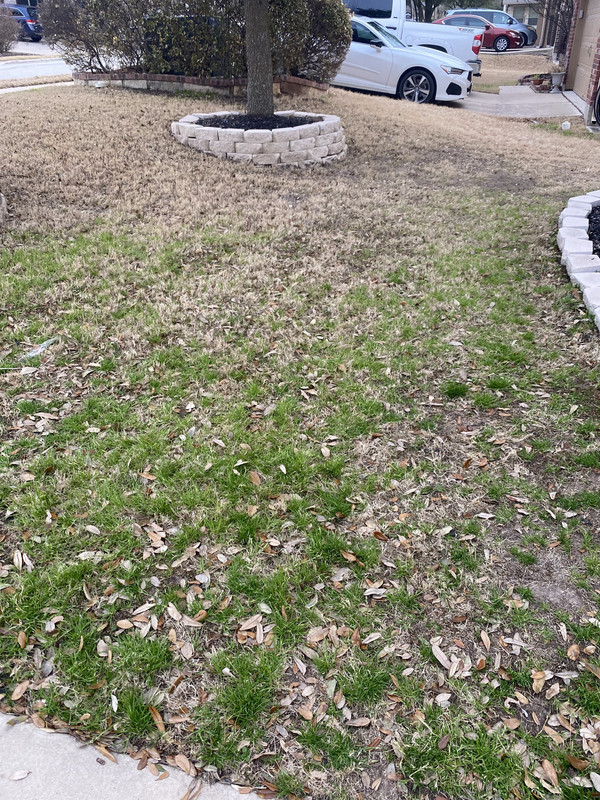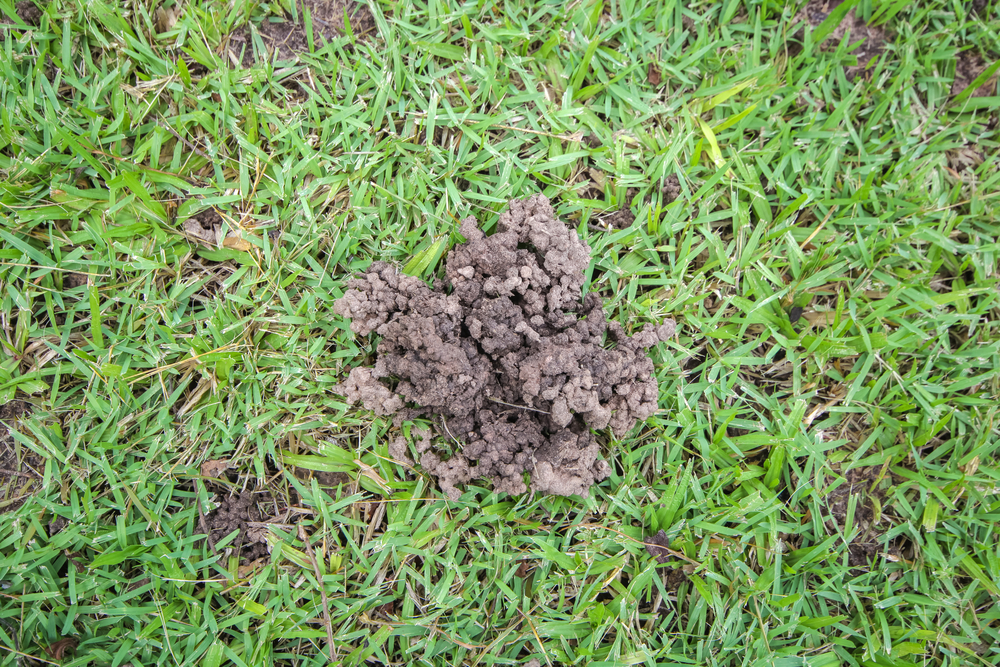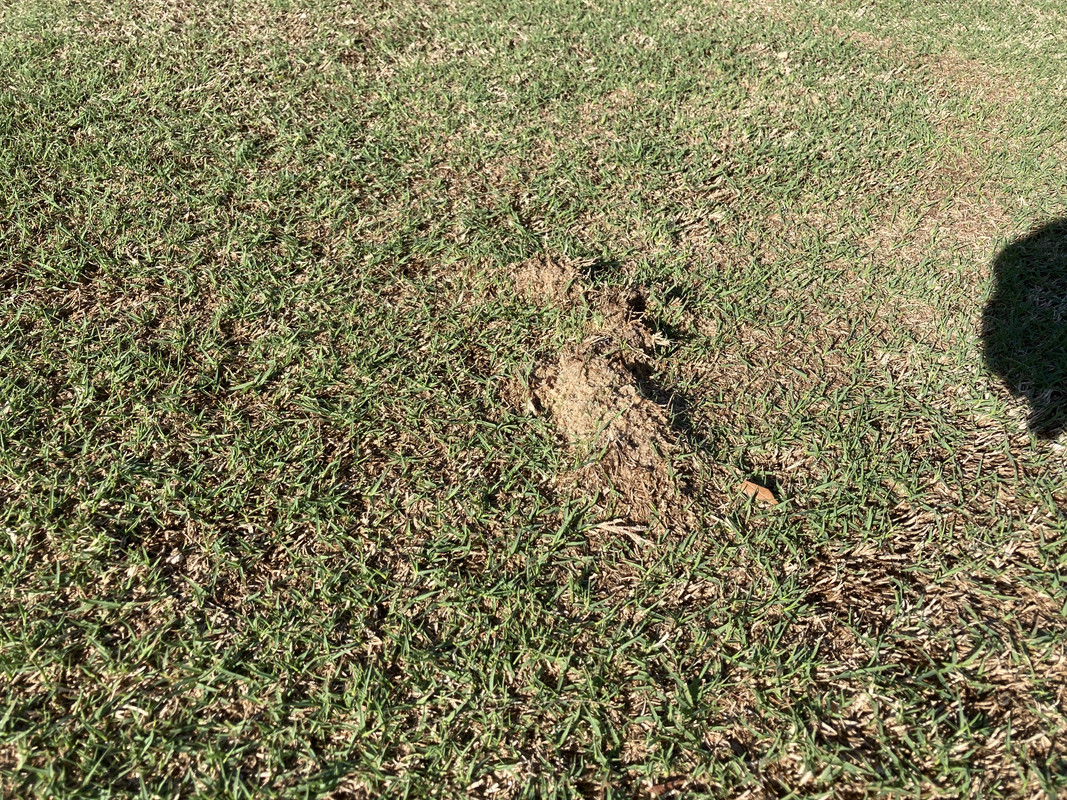I've been pretty lazy maintaining my front yard, but I'm ready for it to look healthy.
I'm not sure where to begin. Should I just rent a tiller and lay a pallet of grass? This section is very small, so it seems this may be the easiest option. I checked my sprinkler system a couple of days ago and found one section that is getting very little water, so I will need to resolve that problem. I also need to thin out those trees as it does not allow much sun to hit the grass.
Main question: Should I sod or work to revive this yard?

I'm not sure where to begin. Should I just rent a tiller and lay a pallet of grass? This section is very small, so it seems this may be the easiest option. I checked my sprinkler system a couple of days ago and found one section that is getting very little water, so I will need to resolve that problem. I also need to thin out those trees as it does not allow much sun to hit the grass.
Main question: Should I sod or work to revive this yard?










